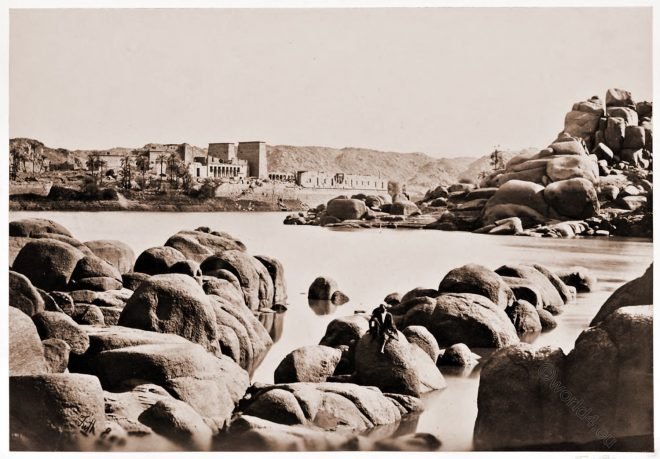Siloam is now used as a public fountain; but it seems to have been once sacred to the uses of the Temple. The Holy Land by David Roberts
Tag: Grand Tour
The Grand Tour, also known as the Cavaliers’ Tour, was the name given to an obligatory journey undertaken since the Renaissance by the sons of the European nobility, later also by the upper middle classes, through Central Europe, Italy, Spain and also to the Holy Land. In England in particular, the Grand Tour found rich literary expression in the 18th century.
Bethlehem. The Grotto of the Nativity. The Chapel of the Innocents.
On the opposite side of the grotto there is an altar (seen on the right hand in the drawing), where it is said the magi of the East.
The only of the Egyptian god Ammon extant, with the Ram’s head.
This figure of the Egyptian god Ammon, being a monument of considerable importance in the history of the art
Bethlehem. Historical views and description of its sites.
The town of Bethlehem and its surroundings depicted and described in the travelogues of David Roberts and Luigi Mayer in the 19th century.
The Approach to the Island of Philae, Egypt, from the North.
The Approach to Philae is one of the few views which a photograph can render without, perhaps, greatly detracting from its artistic fame.
Distant view of Damascus, from the village of Salihiye. Syria.
The elevation, shortly after the traveler leaves the village of Salihiyeh being sufficient to give him a splendid range of vision.
Convent of Mar Saba. The Holy Laura of Saint Sabbas. Palestine.
Mar Saba, the Sabas Monastery, Saint Laura of Saint Sabbas, is a Greek Orthodox monastery in the Kidron Valley in the Judah Desert, 12 km east of Bethlehem.
The largest of the cedars of Lebanon. Mount Lebanon.
View of the entire grove of “The Cedars.” The tree now represented is, upon the whole, the noblest of the ten or twelve “venerables” now standing.
The Colossi of Memnon. Colossal Statues in The Plain of Thebes.
Colossal Statues in The Plain of Thebes, during the Inundation of the Nile. Two ancient Egyptian colossal statues standing side by side from the 14th century BC.
The Red Sea, and the port of Suez. Landscape Illustrations of the Bible.
The Red Sea separates Egypt from Arabia. The Port of Suez stands at the mouth of the canal which formerly united the Red Sea with the Mediterranean.










